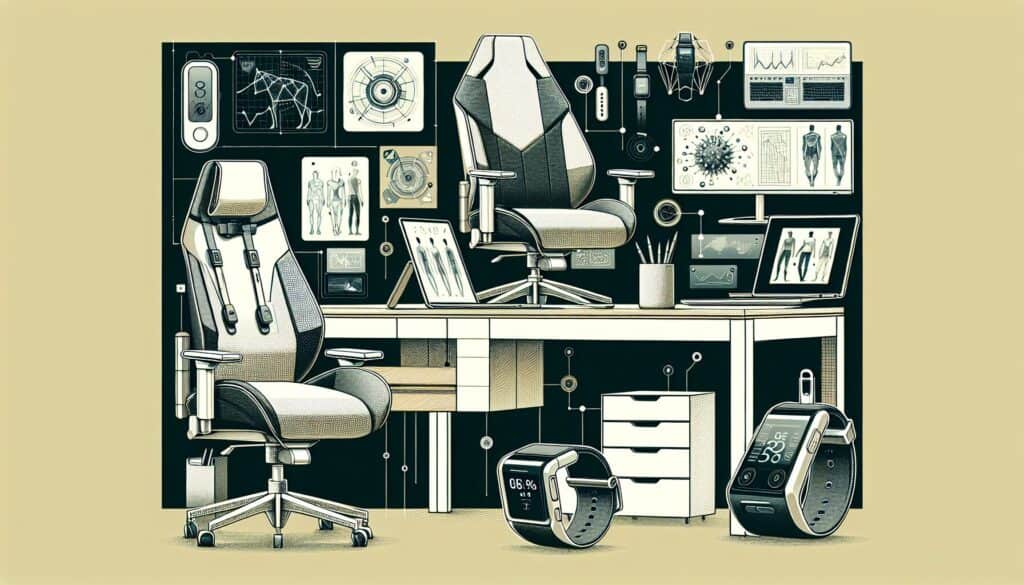A category of 人体工学 tools specifically designed to assess and quantify risks associated with working postures.
- 方法: 工程, 质量
基于态势的分析工具

基于态势的分析工具
- 持续改进, 人体工程学, 人为因素, Human-Centered Design, 流程改进, 质量管理, 风险分析, 风险管理, 安全
目标
如何使用
- 这些工具通常采用观察法(有时借助软件或传感器),根据关节角度、偏离中立位置的程度和姿势持续时间,对身体姿势进行记录、分析和评分。例如 RULA、REBA 和 OWAS。
优点
- 提供识别和量化姿势风险的结构化方法;帮助确定人体工程学干预措施的优先次序;可用于跟踪一段时间内的改进情况。
缺点
- 准确性可能取决于观察者的培训和经验(对于观察方法而言);有些工具可能过于简单或过于复杂,不适合某些应用;通常只关注孤立的姿势,而不充分考虑其他风险因素,如力量或重复(尽管有些工具旨在考虑这些因素)。
类别
- 人体工程学
最适合:
- 评估和量化与各种工作姿势相关的风险,以预防肌肉骨骼疾病。
Posture-based analysis tools such as RULA, REBA, and OWAS are widely applied in industries like manufacturing, healthcare, and office environments, serving to enhance ergonomics and reduce the risk of musculoskeletal disorders. These tools are often utilized during the design phase of work environments or when evaluating existing workflows to identify areas where workers may be exposed to harmful postures. Occupational health specialists, ergonomists, and safety managers typically initiate these analyses, involving cross-discipline teams of engineers, designers, and end-users in the process. In practice, posture analysis can be employed during employee training programs or workspace redesigns, allowing organizations to evaluate the effectiveness of ergonomic interventions over time. Detailed scoring systems enable teams to prioritize high-risk postures, informing the choices of equipment or modifications that could alleviate strain on workers. Coupled with software solutions and sensor technologies, data collected allows for advanced statistical analysis and trend monitoring, facilitating proactive adjustments and contributing to a culture of safety. Industries leveraging these methodologies can track improvements quantitatively, fostering a long-term commitment to worker wellbeing through continuous assessment and iteration of ergonomic solutions.
该方法的关键步骤
- Select the postural assessment tool appropriate for the task or environment.
- Observe the subject during typical work tasks, noting key postures and movements.
- Record joint angles and deviations from neutral positions using software or sensors.
- Analyze the collected data to identify posture-related risk factors.
- Score the postures based on established criteria from the selected tool.
- Prioritize risks by categorizing them according to severity and frequency of occurrence.
- Recommend ergonomic interventions based on the analysis and scoring.
- Implement the recommended interventions in the work environment.
- Reassess postures post-intervention to evaluate improvements and adjust strategies as needed.
专业提示
- Incorporate real-time feedback mechanisms using 可穿戴 sensors to enhance data accuracy during posture assessments.
- Utilize video analysis in conjunction with scoring tools for detailed review and identification of specific posture deviations over time.
- Engage multidisciplinary teams, including occupational therapists and ergonomists, to interpret data collectively and prioritize interventions effectively.
历史背景
1986
(如果日期不详或不相关,例如 "流体力学",则对其显著出现的时间作了四舍五入的估计)。

相关文章
蒙特卡罗模拟
基于模型的测试
型号检查
混合方法研究
防错(Poka-Yoke)
任务简介测试